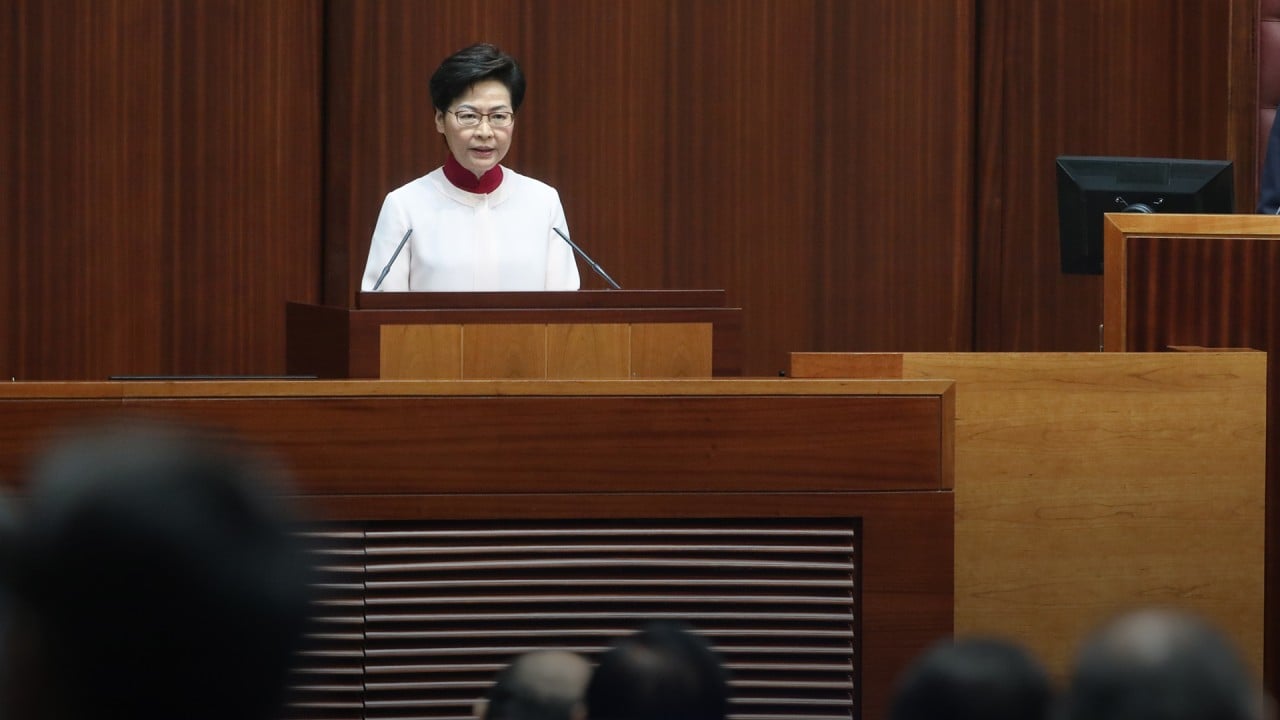
Hong Kong’s property industry needs right policies, incentives to meet energy conservation goals
- The government wants to cut electricity use of commercial buildings by 30 to 40 per cent and residential buildings by 20 to 30 per cent by 2050 from 2015 levels
- Meeting these goals would require the right policy frameworks and incentives for property developers and occupants, says JLL’s Mark Cameron
Hong Kong’s property industry has the technology and expertise but needs the right regulatory framework and incentives to meet the government’s green building energy conservation goals, according to JLL’s head of energy and sustainability in Asia-Pacific.
“Promoting green buildings, improving energy efficiency of buildings and stepping up efforts to lead a low‑carbon lifestyle will reduce the demand for power consumption and generation, and lessen the financial burden on the public due to the increased use of clean fuels for electricity generation,” according to the government’s policy report.
Buildings account for 90 per cent of the electricity consumption in Hong Kong, the report said.

03:43
Hong Kong leader Carrie Lam gives last policy address of current term, ending on emotional note
The government unveiled a goal to reduce the electricity consumption of commercial buildings by 30 per cent to 40 per cent, and that of residential buildings by 20 per cent to 30 per cent by 2050 from 2015 levels, and hoped to achieve half of those targets by 2035.
Meeting these goals would require the right policy frameworks and incentives for property developers and occupants, JLL’s Mark Cameron said on the sidelines of the ReThink HK conference on Wednesday.
He said that meeting the goals for commercial buildings was “eminently possible”, given the technological wherewithal and knowledge of the city’s largest developers, but the situation for residential buildings was more complex.
“[For commercial buildings], the technology with the engineering and operational expertise in the market is there. It’s going to come down to how you send the right signals to the mass market,” he said.

01:44
Energy-saving smart ‘liquid’ windows from Singapore found to reduce consumption by 45 per cent
The developer’s key energy-saving initiatives include reducing air-conditioning energy use in their buildings through the adoption of artificial intelligence and big data to automatically optimise air-conditioning for their buildings.
However, the situation for residential buildings was more complex, Cameron said.
“Arguably the only way to implement it across residencies is to work with the occupier, the end-user of that energy in [homes] and how you could cut a quarter of your energy bill,” he said.
“It’s about communicating to the public that you have to play a part … and what signals and policies they can use to influence 7 million of us in the city.”

